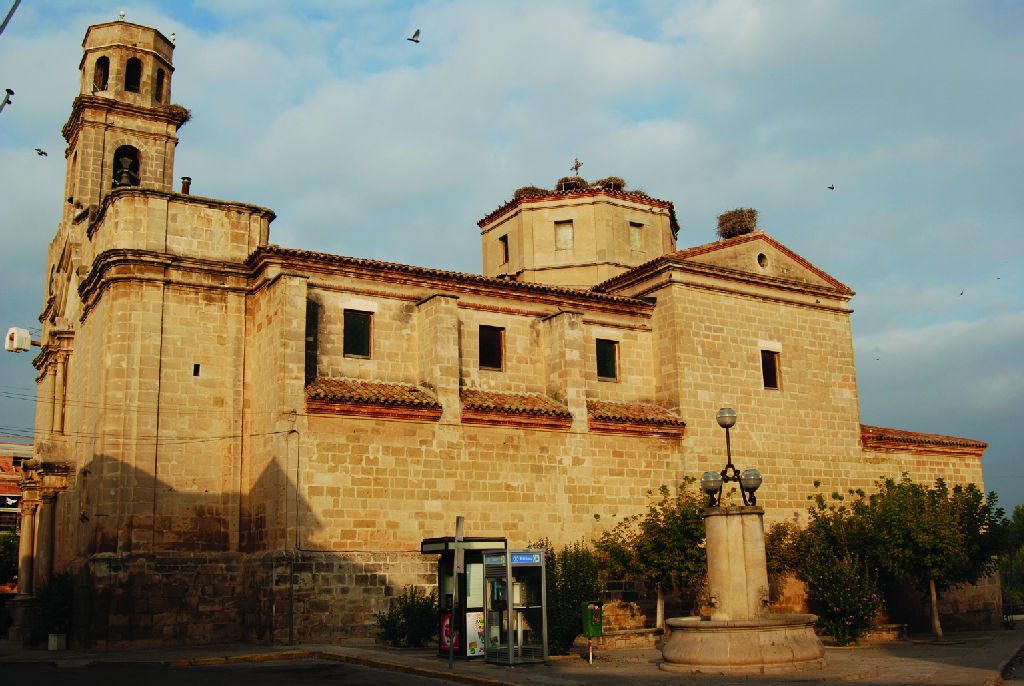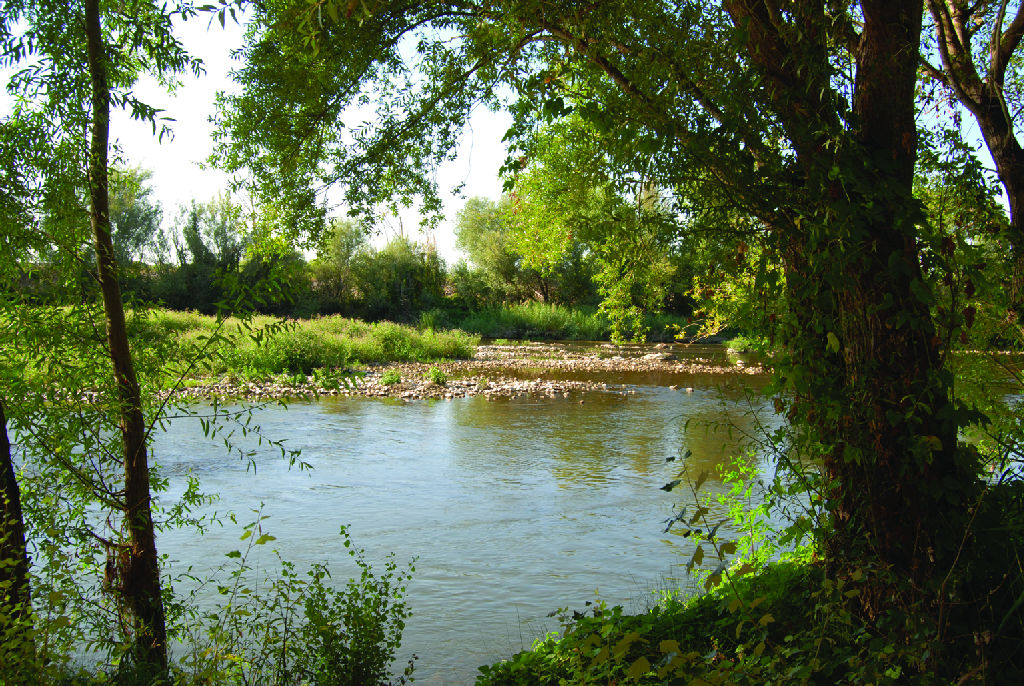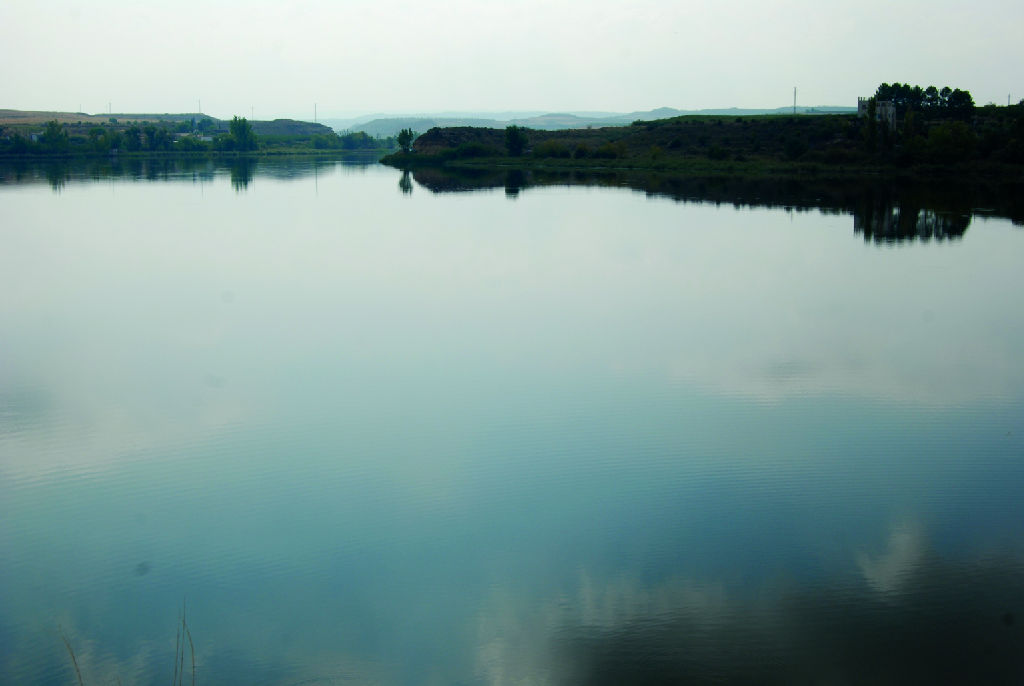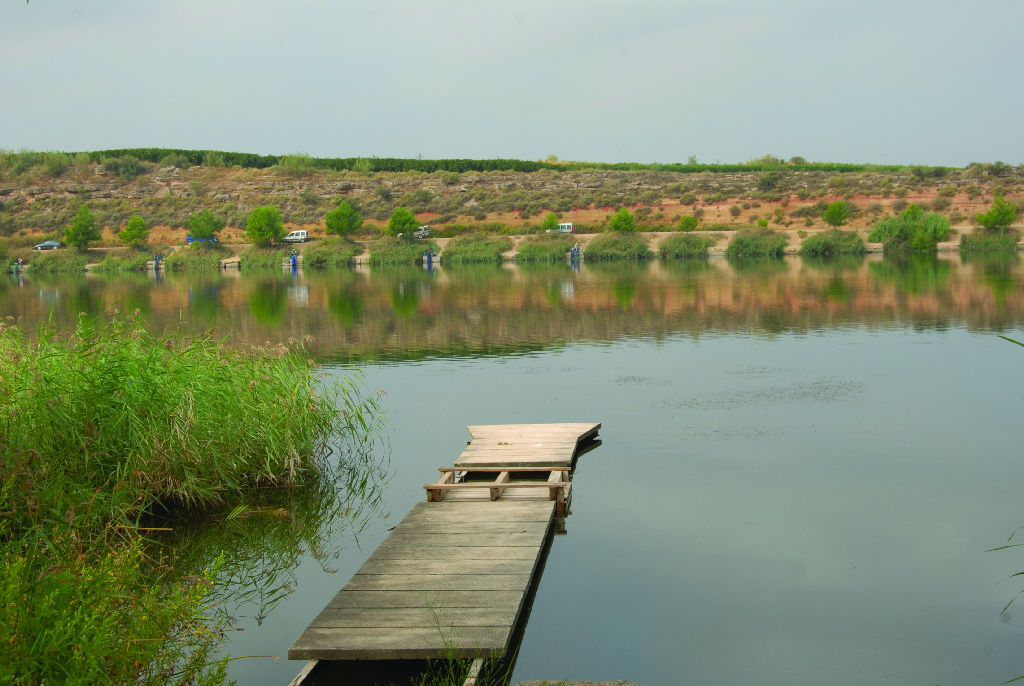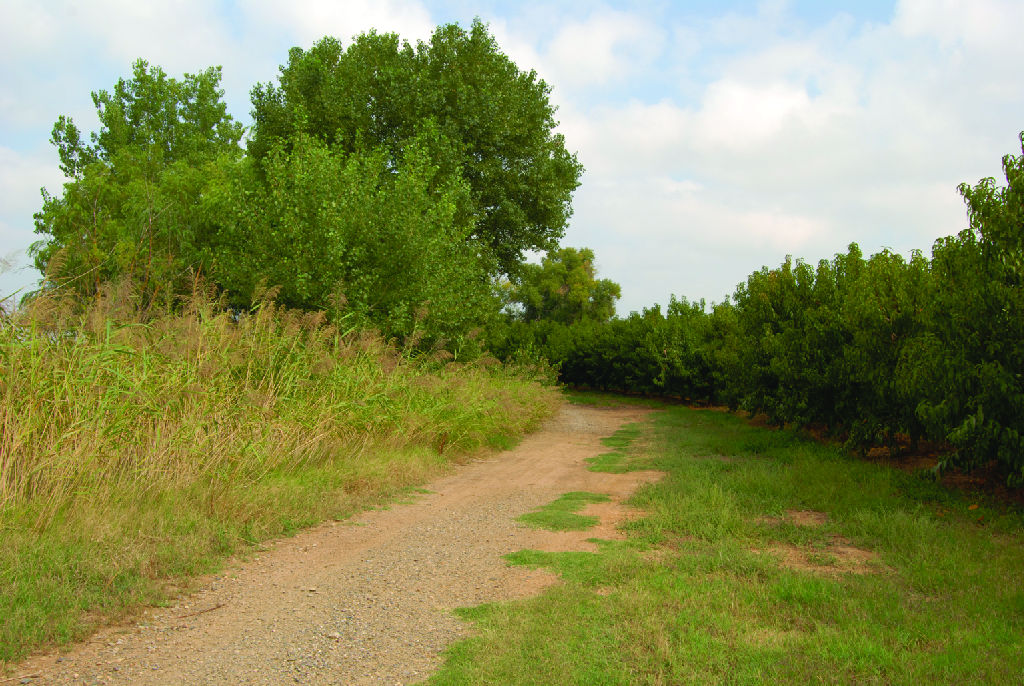- Home
- Rural Development
- Nature Trails
- Nature Trails
- Northeast Sector
- Río Segre y pantano de Utxesa
River Segre and Utxesa Reservoir Nature Trail
Description

Wetlands and migratory birds
Early last century, the company Riegos y Fuerzas del Ebro, which belonged to FECSA and was known as “La Canadiense”, managed by the American engineer Frank Pearson, began the construction work of the Seròs Canal. The purpose of this major project, rounded off with the Utxesa reservoir which served as a regulating tank, was to produce electric power and to water non-irrigated crops, representing an enormous economic and social revolution for Lleida.
The beginning of the route, which over its 14 km recovers FECSA’s old surveillance pathway, is located next to the bridge over the road that enters Torres de Segre, a point where you can set out on two different routes. The first is a short path that links together two bird observatories on the banks of the River Segre and the second, a pleasant walk that leads to the Utxesa reservoir.
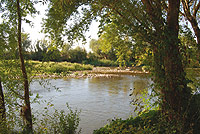
The first route begins next to a plaque commemorating the inauguration of this Nature Trail and continues as far as the reservoir observatory, where, at any time of the year, you can discover a good part of the enormous array of bird species in the area. Returning via the bridge to the same pathway and keeping straight ahead, the path comes to a resting area. The route continues parallel to the course of the river and, after covering the first kilometre, passing two turn-offs on the left, you reach the second bird-watching observatory on the River Segre.
In order to set off on the second route that leads to the Utxesa reservoir, you have to cross the town of Torres de Segre along Carrer de Raval del Pont, passing the monumental parish church that is home to a large flock of white storks (Ciconia ciconia) on your right. Once there, you have to turn to the left on Carrer de Creu and carry on as far as a roundabout in the road, to then take a left turn in the direction of Utxesa. Keep following the maroon Nature Trail signs until you leave this town at kilometre 3 and reach the Seròs Canal, where you have to carry on to the right next to a wooden fence. For this first section of the Trail, the route is shared with motor vehicles so it is important to be cautious.
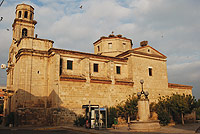
Continuing along the Camí de Tingudes, next to the canal, carry on for about 1.5 km across a landscape of fruit tree plantations, in the direction of the elevated observatory and the section of the Utxesa reservoir. Keep passing the entrances to private estates that crop up along the Trail and kilometre 5 and you will reach “Elevated Observatory 19”, where you can see species as striking as grey (Ardea cinerea) and purple (Ardea purpurea) herons, great crested grebes (Podiceps cristatus), cattle egrets (Bubulcus ibis), mallards (Anas platyrhynchos) and black winged stilts (Himantopus himantopus).
Continuing along the track, you will reach another crossroads with several entrances on the right to fruit tree plots. The Trail turns to the left towards the Joquers viewpoint and the Information and Reception Point. This section runs parallel to the Secà reservoir, where you can see an impressive landscape of species proper to the wetlands, such as common reeds (Phragmites australis) and rushes, while the route continues straight ahead following a passage bordered on both sides by a wooden fence.
This “Caminet del Pantà” leads to a crossroads with the Utxesa road, which you must join on the left to reach, at kilometre 7, the Joquers viewpoint, where you can contemplate another bird’s eye view of the Secà reservoir. On going back to the tarmacked road, you will come to a point where the circular route that goes round the Utxesa reservoir joins together.
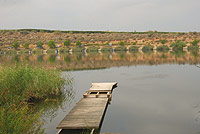
The road will take visitors via a detour to the La Fonteneta resting area, where you will be able to take a break from your journey. Returning to the route, the road leads to an Information and Reception Point where guided tours both of the River Segre and the Utxesa reservoir are on offer. Here, you can also hire bicycles or book the fisherman’s shelter located to the west of the reservoir.
A few metres before this centre, you can opt to take a path to the left which, among Arizona cypresses (Cupressus arizonica), leads to the houses of FECSA employees. On reaching this point, cross the road, and the Trail leads to the “Nature Trail Walkway” over the Seròs canal. Once again, the route crosses a tarmacked road and goes along a short stretch through a pine wood to continue on its way along the road that leads to the “Pescadors” residential area. After crossing it, it continues to the left as far as the reservoir banks.
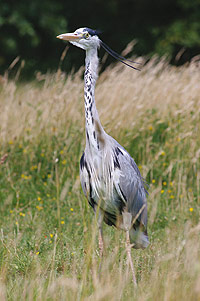
Just before reaching kilometre 10 of the route, you will come across fishermen’s stands where the frequent fishing tournaments that are held in the area are staged. You will then come to a turn-off on the right, which you must not take and which leads to the track from Torres de Segre to Sarroca de Lleida. After passing a resting area, the Trail leads to another track on the left which you must take. By going round the southern end of the reservoir, and turning left once again, you will reach the El Molí viewpoint, where the ruins of an old mill are located.
Here you have a splendid view of the reservoir, which was listed as a Natural Wild Fauna Reserve in October 1990 due to the great diversity of species it houses. It also forms part of the Plan for Spaces of Natural Interest of Catalonia on account of the enormous richness of its biodiversity, although its main importance lies in its being an essential place for migratory bird species.
From this bank, the Nature Trail offers a splendid view of the fishermen’s stands, but you must be careful not to miss a turn-off on the right on entering the Utxesa-Molí residential area. At this point, the route continues towards the left, along the Utxesa road and, following the maroon signpost, crosses another residential area until it reaches an intersection where you can choose to leave the itinerary for a moment to take a glimpse of the scenery from the Les Comportes viewpoint.
The route continues on its way along the Les Piles track as far as another crossroads from where, by keeping straight on, you will reach the last bird observatory, that of “Arpell”. All you have to do is to carry on a few metres to cross the bridge that closes the circular route around the Utxesa reservoir, thus reaching the end of this second River Segre and Utxesa Reservoir Nature Trail route.
Sites of interest
Profile
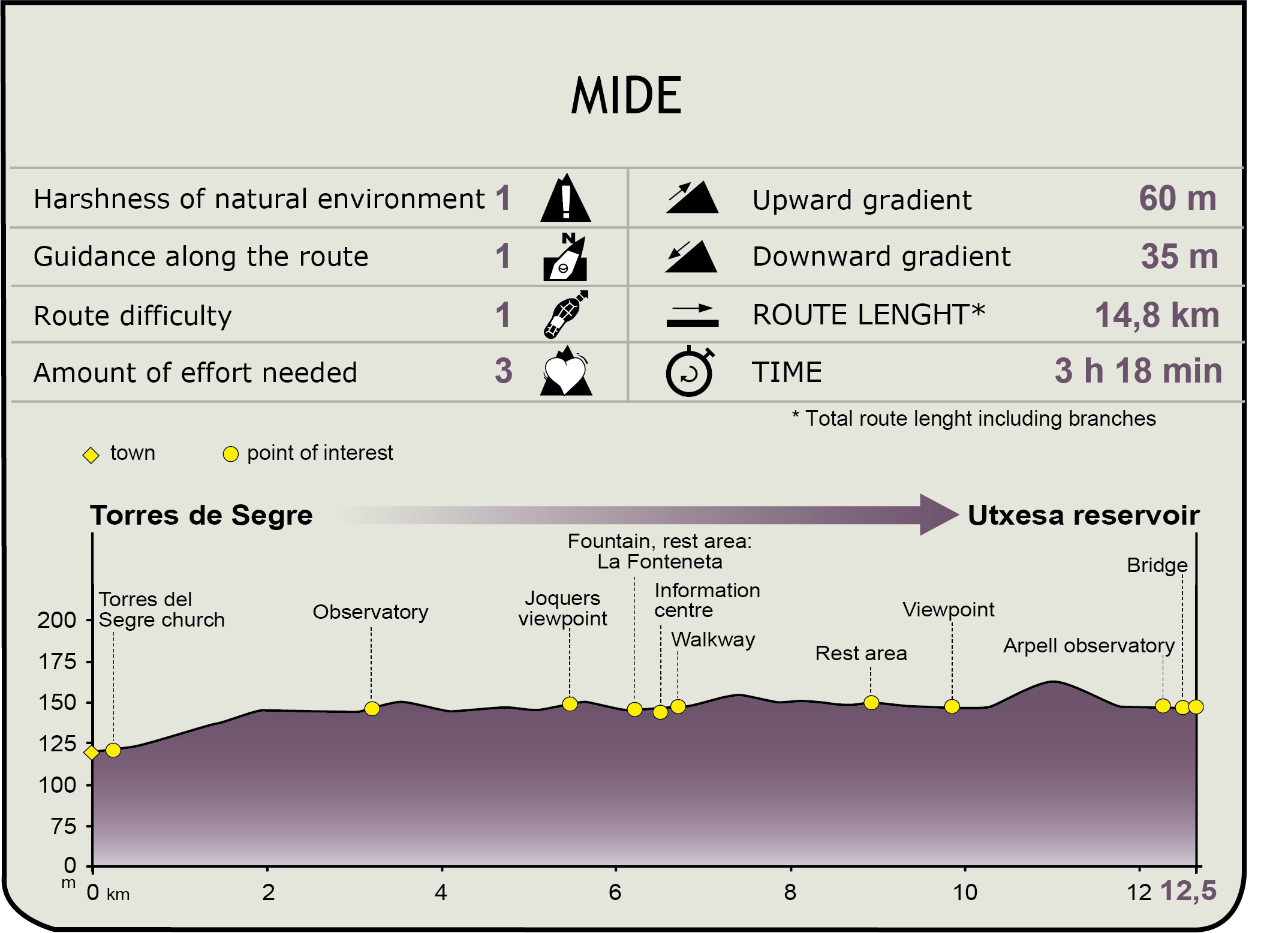
MIDE (Method for the Information of Excursions)
Featured
Further information
Bird migration
Bird migration is a phenomenon caused, rather than by changes in the climate, by a drop in the availability of food, which can largely be verified on the Iberian Peninsula in autumn and in spring.
Many migratory species, generally insectivores, choose our latitudes to spend the winter, feeding during this period on grain and seeds, but returning in the early months of the year to their places of origin in central and northern Europe, where they breed. Unlike these species, which are called over-wintering species, there are others that only stay here from the spring to autumn and are summer migratory birds. They take advantage of their stay to breed, returning to their winter encampments at the end of the summer.
But there are also sedentary birds, which choose to spend the whole year in the same place, adapting to a very varied diet.
Birds of passage are those that take advantage of wetland areas to rest on their long migratory journeys and which have planned their routes over generations. Hence, maintaining wetlands such as the Utxesa reservoir is essential for species which, although they do not nest or spend the winter in Spain, need them to exist so they can survive their migration.
Thanks to animal migrations, nature succeeds in using its resources efficiently, ensuring an optimum balance between different ecosystems.

